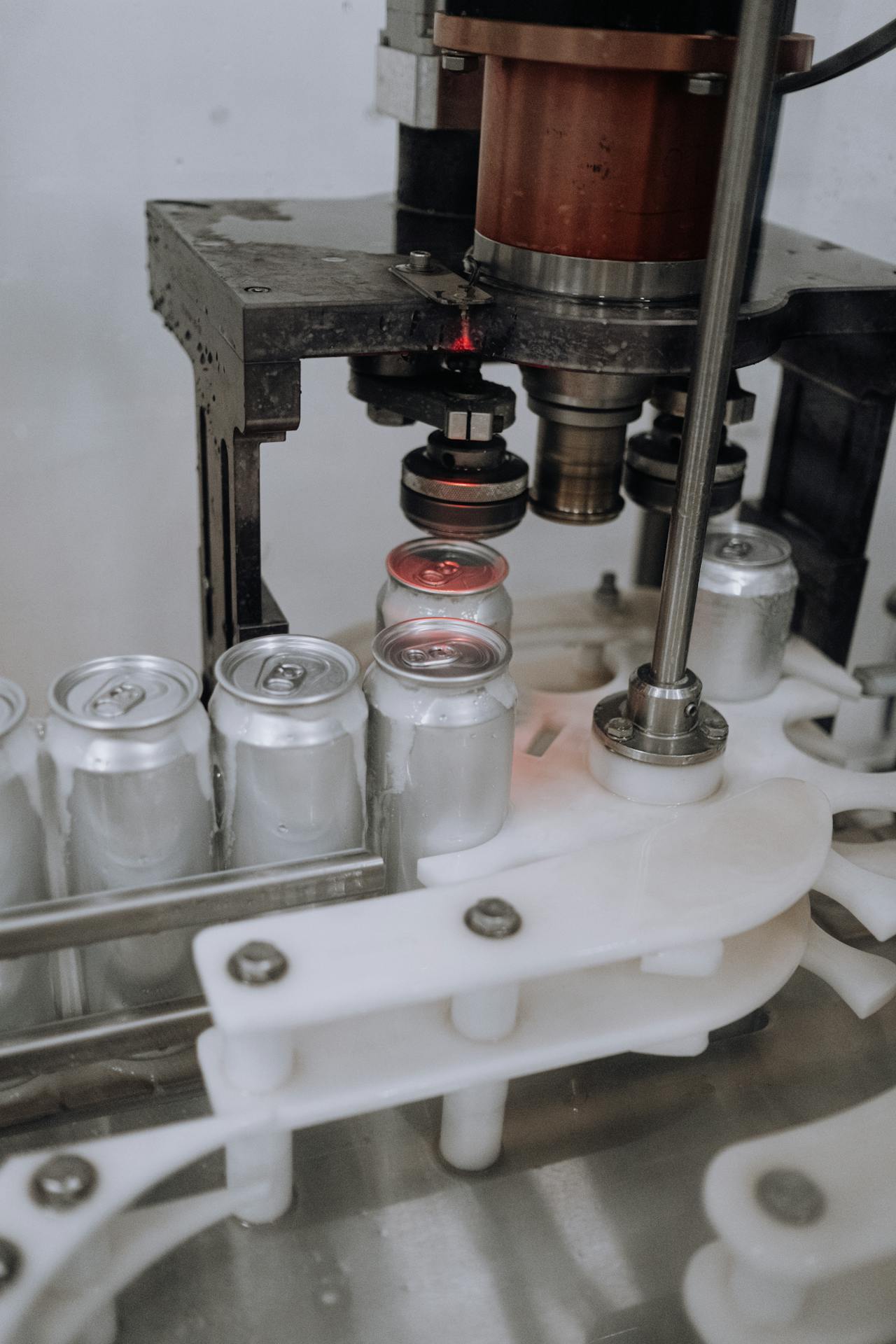Understanding Sealing Stress in Gasket Industry

What Is Sealing Stress or Clamping Force and Why It Can Make or Break Your Gasket Seal
When a gasket leaks, people often blame the material. But in many cases, the
real problem isn’t the gasket sheet at all—it’s the
sealing stress, also known as
clamping force.
If you’re using gaskets in pipelines, valves, pumps, flanges, or pressure vessels, understanding sealing stress is essential. And for companies like
New Age Scaffolding, one of
Delhi and India’s trusted non-asbestos gasket manufacturers and suppliers, getting this right is a daily priority.
What Is Sealing Stress or Clamping Force?
Sealing stress (or
clamping force) is the pressure applied on a gasket when two flanges or mating surfaces are bolted or clamped together. So basically, it’s the
squeezing force that compresses the gasket and enables it to seal.
Without sufficient sealing stress, your gasket may:
>> Fail to fill all the surface irregularities
>>Allow fluid or gas to seep through
>>Lose sealing capability when pressure or temperature changes
Too much sealing stress, on the other hand, can:
>>Crush or crack the gasket
>>Cause extrusion of the gasket material
>>Damage the flange faces
So the goal is to achieve the
right amount of clamping force for the
specific gasket material and
operating conditions.
Why Is Sealing Stress So Important?
Every gasket—whether made of rubber, graphite, PTFE, non-asbestos, or metal—has a
minimum seating stress it needs to start sealing effectively.
If sealing stress is wrong, you may face:
>>Leakage (water, steam, oil, chemicals, gas)
>>Frequent maintenance and shutdowns
>>Safety risks in high-pressure or high-temperature systems
>>Extra costs from product loss and gasket replacement
In industries such as oil & gas, power, chemical, pharmaceuticals, and food processing, even small leaks can be unacceptable. That’s why responsible manufacturers like
New Age Scaffolding pay close attention not just to the gasket itself, but to how it will be
loaded, clamped, and used in the field.
What Determines Sealing Stress?
Several factors affect how much clamping force a gasket will actually see once it’s installed:
1. Bolt Tightening
- The torque applied to each bolt directly impacts sealing stress.
- Uneven tightening (some bolts tight, others loose) causes non-uniform compression, leading to partial sealing and leaks.
- Proper tightening sequence (typically a criss-cross or star pattern on flanges) helps distribute stress evenly.
2. Number and Size of Bolts
- More bolts around the flange = more points to apply force evenly.
- Larger bolts can transmit more load, but must be chosen according to design standards.
- If bolts are too few or too small, the required gasket stress may not be achievable.
3. Flange Face Condition
- Rough, damaged, or warped flange faces need more compression for the gasket to seal gaps.
- Very smooth faces can sometimes lead to gasket creep or slippage if the material is too soft.
- Flatness and parallelism of the mating faces are critical—if they are misaligned, sealing stress becomes uneven.
4. Gasket Material
Every gasket material behaves differently under load:
- Soft materials (rubber, non-asbestos, PTFE) compress more easily but can be over-compressed.
- Semi-metallic and metallic gaskets (such as spiral wound gaskets) need higher seating stress to function properly.
This is why material selection and clamping force always go hand-in-hand.
Common Problems Related to Incorrect Sealing Stress
If you’ve ever faced any of these issues, sealing stress may be the hidden culprit:
- Gasket works fine initially but starts leaking after heating/cooling cycles
- Gasket extrusion from the flange line
- Uneven gasket thickness when removed after service
- Bolt loosening over time
- Repeated need to retighten joints
In such cases, it’s worth reviewing:
- Bolt torque
- Tightening sequence
- Flange surface condition
- Gasket selection
Companies like
New Age Scaffolding can guide you in choosing the right gasket type and give practical guidance to reduce such problems.
Our next blog article speaks about the Solutions to Sealing Stress